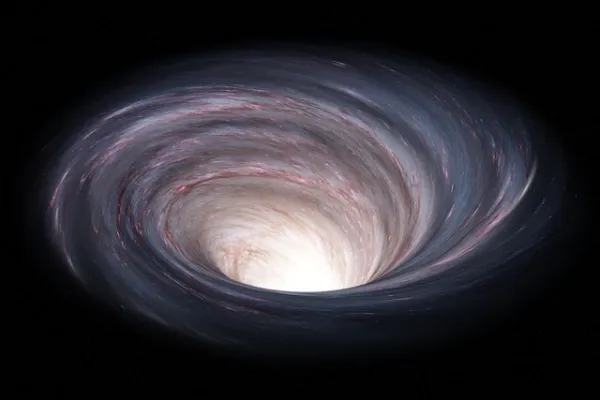Interesting Facts About Black Holes

Black Holes Unveiled: A Cosmic Odyssey of Enigmatic Facts
Introduction
Black holes, enigmatic cosmic entities born from the gravitational collapse of massive stars, stand as some of the most fascinating and mysterious phenomena in the universe. These celestial beasts, with gravitational forces so strong that not even light can escape them, have intrigued scientists and captured the public’s imagination for decades. In this exploration, we delve into the intriguing facts that make black holes both captivating and perplexing.
Gravitational Powerhouses
At the heart of a black hole lies an infinitely dense point called a singularity, surrounded by an invisible boundary known as the event horizon. The gravitational pull near a black hole is so intense that it warps the fabric of spacetime itself. This immense gravitational force is the reason nothing, not even light, can escape from a black hole beyond its event horizon, rendering them invisible to direct observation.
Stellar Evolution
Black holes are the cosmic remnants of massive stars that have exhausted their nuclear fuel and undergone a supernova explosion. When a massive star collapses under its own gravity, the core contracts, and if the mass is above a critical threshold, it can form a black hole. There are also intermediate-sized black holes, whose origins remain a subject of ongoing research, and supermassive black holes that lurk at the centers of galaxies, including our own Milky Way.
Time Dilation and Spaghettification
As objects approach a black hole, they experience extreme gravitational time dilation, causing time to pass more slowly for an observer near the black hole compared to someone farther away. This phenomenon, predicted by Einstein’s theory of general relativity, means that time effectively slows down for an object falling into a black hole. Additionally, the intense tidal forces near a black hole can cause a process known as spaghettification, stretching and elongating objects into thin, spaghetti-like structures.

Hawking Radiation
Stephen Hawking proposed in 1974 that black holes are not entirely black but emit faint radiation, now known as Hawking radiation. This theoretical prediction suggests that, over an exceedingly long time, black holes can lose mass and eventually evaporate. While this process is incredibly slow for stellar-mass black holes, it has profound implications for the ultimate fate of these cosmic entities.
Galactic Navigators
Black holes, especially supermassive ones, play a crucial role in the formation and evolution of galaxies. Their gravitational influence shapes the motion of stars and gas within galaxies, and their presence is often detected through the energetic phenomena associated with their accretion disks—spinning disks of gas and dust spiraling into the black hole.
Conclusion
Black holes, with their paradoxical nature and gravitational dominance, continue to push the boundaries of our understanding of the cosmos. As scientific research advances and new discoveries unfold, the intrigue surrounding these celestial enigmas only deepens. The study of black holes not only sheds light on the extreme conditions of spacetime but also sparks our collective curiosity about the mysteries that pervade the vast expanse of the universe.
If you liked our post Interesting Facts about Black Holes, you can also read Facts about comets.